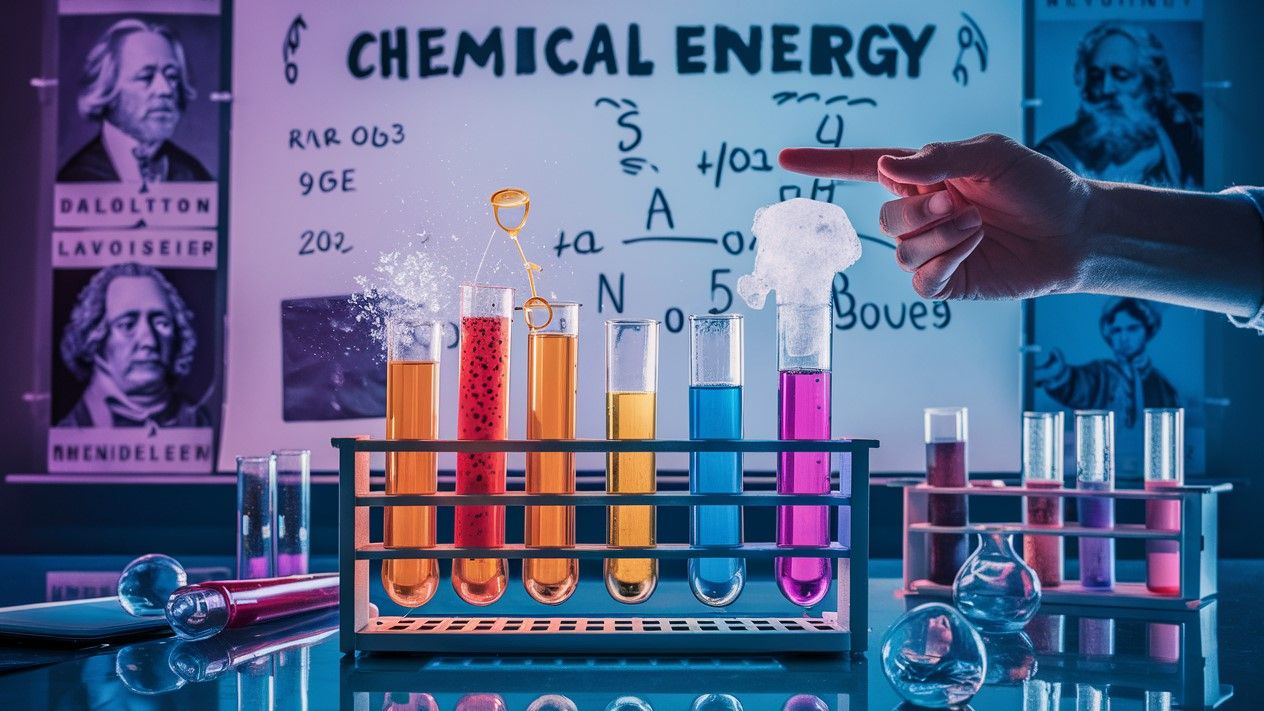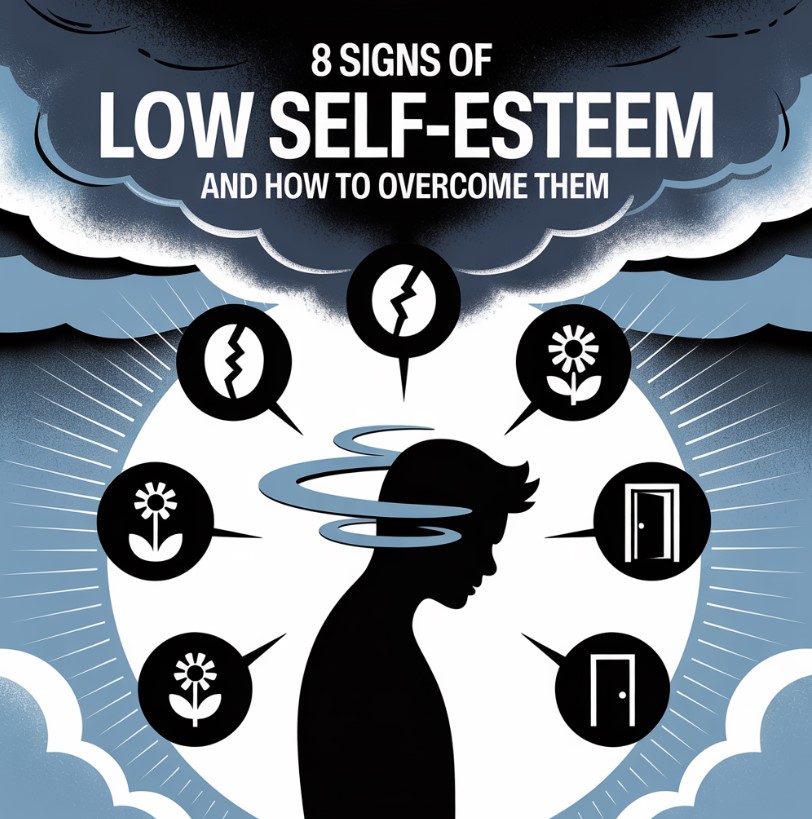Chemical energy and Examples

Contents
Chemical energy plays a crucial role in our everyday lives, from the food we eat to the fuels that power our vehicles. By delving into the nature of chemical energy, its relationship with chemical bonds, and its transformation into other energy forms, we can better appreciate its significance in both biological systems and industry. This article explores various aspects of chemical energy, including its definition, examples, and applications, while answering a series of pertinent questions.
What is Chemical Energy?
Chemical energy refers to the energy stored in the bonds of chemical compounds. It represents a form of potential energy that becomes accessible during chemical reactions. When substances undergo transformations, the chemical energy stored in their bonds either gets released or absorbed. This energy change drives a myriad of processes, from cellular respiration in living organisms to combustion reactions in engines.
What is Potential Chemical Energy?
Potential chemical energy is the energy stored within the chemical bonds of substances. This energy can be released during reactions when bonds break and form new ones. The amount of potential energy in a substance depends on the arrangement of atoms and molecules, as well as the types of bonds present. The more complex the molecular structure, the more potential energy it may hold.
How Many Types of Energy Are There?
Energy exists in various forms, primarily categorized into two main types: potential and kinetic energy. Potential energy includes gravitational energy, elastic energy, and chemical energy, while kinetic energy represents the energy of motion. Understanding these forms allows for a comprehensive grasp of energy transformations that occur in both natural and artificial processes.
Examples of Things that Store Chemical Energy
Numerous everyday items store chemical energy. Common examples include:
- Food: Organic compounds in food contain chemical energy, which the body converts into mechanical energy and heat during metabolism.
- Gasoline: Gasoline stores chemical energy that a car engine releases during combustion, powering the vehicle.
- Batteries: Batteries store chemical energy, which they convert into electrical energy through electrochemical reactions.
- Wood: Wood holds potential chemical energy that releases heat and light when burned.
- Coal: Coal is a fossil fuel that stores chemical energy, which power plants convert into electrical energy.
How is Chemical Energy Related to Chemical Bonds?
Chemical energy closely relates to the energy associated with chemical bonds between atoms and molecules. When a chemical reaction occurs, bonds break, and new bonds form, resulting in a change in energy. Energy stored in weak bonds can convert into strong bonds during energy-releasing reactions, making the understanding of chemical bonds essential to grasping chemical energy.
What is Chemical Potential Energy, and How Does It Relate to Molecular Structure?
Chemical potential energy indicates the potential for a substance to change configuration during a chemical reaction. It relates directly to the structural arrangement of atoms and molecules within a compound. The potential energy stored in chemical bonds has a direct correlation with the stability of the molecular structure. Substances with high chemical potential energy may undergo reactions more readily, releasing energy in the process.
How is the Energy Change in a Chemical Reaction Calculated or Estimated?
Energy change in a chemical reaction can be estimated using bond energies, which provide a measure of the energy required to break specific bonds. The energy change is calculated as the difference in energy content between reactants and products. Additionally, internal energy changes, which equal the heat exchanged at constant volume, can also help determine the energy change during reactions.
How is Chemical Energy Released?
Chemical energy gets released during chemical reactions, particularly during bond breaking and forming. Exothermic reactions, which release heat, signify a common mechanism through which chemical energy is discharged. The energy released during these reactions often manifests as heat, which can be harnessed for various applications.
What Are Exothermic Reactions?
Exothermic reactions are those that release energy, primarily in the form of heat. Examples include combustion and oxidation reactions, where chemical energy stored in fuels or reactants transforms into heat. In such reactions, the energy of the products is lower than that of the reactants, resulting in a net release of energy.
What is an Exothermic Reaction?
An exothermic reaction represents a specific type of chemical reaction characterized by the release of energy as heat. Combustion of fuels, such as gasoline or wood, exemplifies exothermic reactions. These reactions find applications in powering vehicles, heating homes, and generating electricity, showcasing the practical significance of released chemical energy.
What is an Endothermic Reaction?
In contrast to exothermic reactions, endothermic reactions absorb energy from their surroundings. These reactions require an input of energy, often in the form of heat, to proceed. Photosynthesis serves as a prime example, where plants absorb solar energy to convert carbon dioxide and water into glucose and oxygen.
What Happens to Energy When Chemical Bonds Are Broken?
When chemical bonds break during a reaction, energy is absorbed, necessitating an input of energy to facilitate the process. Conversely, when new bonds form, energy is released. The overall energy change during a reaction results from the balance between energy absorbed during bond breaking and energy released during bond formation.
How Can Chemical Energy Be Transformed into Other Forms of Energy, and Vice Versa?
Chemical energy can transform into various energy forms, including thermal, electrical, and mechanical energy. For example, combustion converts chemical energy in fuels into heat energy, which can be harnessed for heating or powering engines. Additionally, batteries convert stored chemical energy into electrical energy through electrochemical reactions. The reversibility of these transformations underscores the versatility of chemical energy in various applications.
How Do We Use Chemical Energy to Generate Power?
Chemical energy generates power through processes like combustion in engines and oxidation in power plants. In a car engine, gasoline combustion releases energy, which propels the vehicle. Power plants utilize coal, natural gas, or fossil fuels to produce steam, which drives turbines to generate electricity. These applications illustrate the practical uses of chemical energy in modern society.
How is Chemical Energy in Food Used by the Body?
The body converts chemical energy stored in food into mechanical energy and heat through metabolic processes. Upon digestion, complex carbohydrates break down into glucose, which cells utilize to produce adenosine triphosphate (ATP). ATP serves as the primary energy currency of cells, powering various biological functions.
How is Chemical Energy in Coal Used in a Power Plant?
Power plants convert chemical energy in coal into electrical energy through combustion. When coal burns, it releases heat energy, which generates steam. This steam drives turbines that produce electricity. The process exemplifies the transformation of chemical energy into electricity, highlighting coal’s role in energy generation.
How Do Batteries Provide Electrical Power?
Batteries store chemical energy and provide electrical power through electrochemical reactions. Inside a battery, chemical reactions occur between the electrolyte and electrodes, generating a flow of electrons. This flow produces electrical energy, which powers devices ranging from smartphones to electric vehicles. The efficiency and capacity of batteries make them essential to modern technology.
What Are Five Examples of Chemical Energy?
- Food: Provides energy for biological functions.
- Gasoline: Powers vehicles through combustion.
- Batteries: Store and supply electrical energy.
- Wood: Releases energy when burned.
- Coal: Generates electricity through combustion.
Does a Phone Use Chemical Energy?
Yes, a phone uses chemical energy stored in its battery. The battery undergoes electrochemical reactions to produce electrical energy, which powers the device. As the phone operates, the battery depletes its stored chemical energy, necessitating recharging to restore power.
Does Wood Have Chemical Energy?
Wood contains chemical energy stored in its molecular structure. This energy can be released through combustion, producing heat and light. The potential chemical energy in wood serves as a valuable resource for heating and cooking.
How Can Chemical Energy Be Stored?
Chemical energy can be stored in various forms, including within the bonds of chemical compounds. Batteries, fossil fuels, and biomass all represent ways to store chemical energy. The energy remains dormant until released through chemical reactions, making it a versatile and accessible energy source.
Where is Chemical Energy Stored in Plants?
In plants, chemical energy is primarily stored in sugars, such as glucose. Through photosynthesis, plants convert solar energy into chemical energy, which they store in their tissues. This stored energy provides nourishment for growth and development while serving as a food source for other organisms.
Where is Chemical Energy Contained in a Compound?
Chemical energy is contained within the bonds of chemical compounds. The energy associated with these bonds depends on the types of atoms involved and their arrangement. Stronger bonds generally contain more energy, while weaker bonds hold less. The energy stored in these bonds becomes accessible during chemical reactions.
What is the Heat of Combustion, and How Does It Relate to Fuels and Food?
The heat of combustion represents the amount of energy released when a substance combusts completely. It relates to fuels and food, as both release energy during combustion. For instance, when wood burns, it releases energy equivalent to its heat of combustion, providing heat for cooking or warming spaces. Similarly, the heat of combustion for food indicates the energy available to the body when metabolized.
What is Chemical Potential, and How Does It Differ from Chemical Potential Energy?
Chemical potential indicates the potential for a substance to change its configuration during a reaction. It relates to the energy available for chemical transformations. On the other hand, chemical potential energy refers specifically to the energy stored in chemical bonds. While both concepts connect to energy transformations, chemical potential focuses on the likelihood of change, whereas chemical potential energy emphasizes the stored energy itself.
Why is There Confusion Between the Terms “Chemical Potential” and “Chemical Potential Energy”?
The confusion between chemical potential and chemical potential energy arises from their interconnectedness and similar terminology. While both terms relate to energy and transformations, they highlight different aspects. Chemical potential emphasizes the potential for change, while chemical potential energy focuses on the energy stored within bonds. Understanding these distinctions clarifies their roles in chemical reactions.
What Are the Disadvantages of Chemical Energy?
Despite its usefulness, chemical energy has disadvantages. The combustion of fossil fuels results in greenhouse gas emissions, contributing to climate change and air pollution. Additionally, mining and extracting fossil fuels can harm ecosystems and require significant resources. As society aims to transition to more sustainable energy sources, addressing these disadvantages remains a priority.
In summary, chemical energy plays a vital role in various processes, from biological functions to industrial applications. Understanding its nature, storage, and transformation offers insights into its importance in everyday life and the broader energy landscape. As we continue to explore and utilize chemical energy, we can appreciate its value while considering sustainable alternatives for the future.









